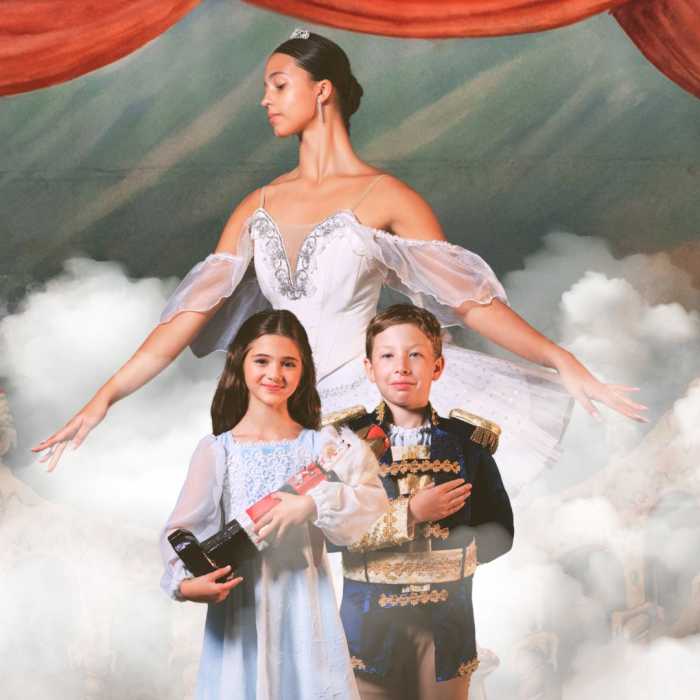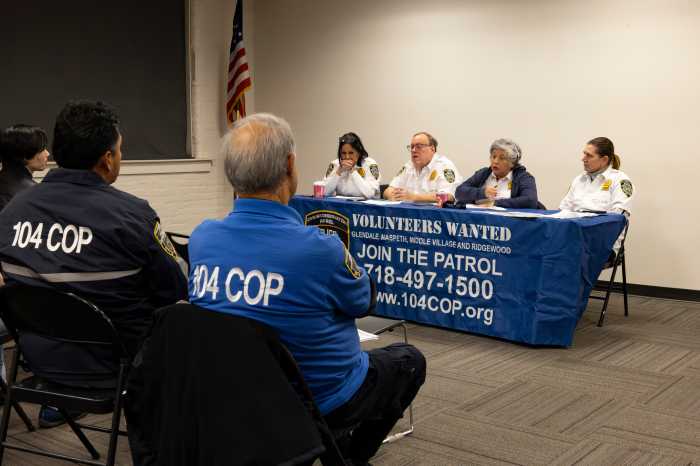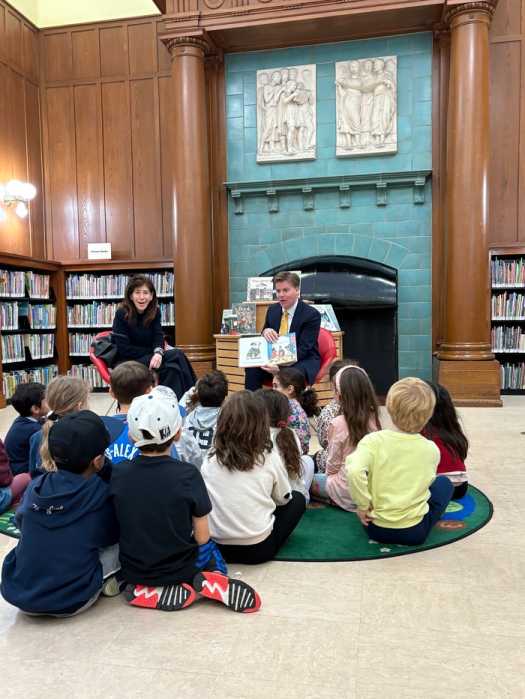By Shino Tanikawa
“Waiting for Superman” portrays five kids and their guardians in their search for better education. The film starts innocuously enough with good statistics that illuminate the decline of American public education. However, when the film focuses on the cause of the problems, it begins to oversimplify this most complex of social challenges. While recognizing that our teachers are the unsung heroes, it puts the blame for the failing system on the teachers unions and, to a lesser degree, the layers of bureaucracy — two things the corporate educrats have been working hard to dismantle.
The five families are from Washington, D.C., Los Angeles, a suburban California town and New York City. While I see that parents and grandparents who raise these kids genuinely want what is best for them and that odds are, for the most part, against their kids, the film does not entirely convince me that the public schools are failing these particular children. One mother — single parent of an elementary school-age girl in Harlem — did not even consider sending her daughter to the public school. Instead she sends her to a parochial school. So, the viewer is led to assume that the girl’s neighborhood school is a failing school.
Unfortunately, the mother loses her job and cannot make the payments and the daughter is banned from attending the graduation ceremony at the parochial school.
Another mother of a son in first grade in the Bronx attempts to contact her son’s teacher without success. That leads her to evaluate charter schools. Understandably, the film was not able to capture every nuance and detail and document the Bronx mother’s plight in depth. However, if the filmmakers had done a better job of conveying her struggle to communicate with the school (Did she contact the parent coordinator? How about the principal?), I may have been more convinced that her school was failing her child.
It may be true that the schools these kids attend are not serving them well. Or, in the case of a few, the middle schools and high schools the children will attend in the future are failing schools. However, the argument against these supposedly failing schools is only provided through perspectives of the particular families featured in the film.
The film further blames the unions, particularly their tenure-granting process, for preventing necessary reforms from moving forward. It also accuses the layers of bureaucracy — from the U.S. Department of Education all the way down to the local school districts — of being a hurdle blocking reform. Not surprisingly, Michelle Rhee is portrayed as the reformer who challenged the status quo. There is no denying that she made some radical changes as D.C. schools chancellor. Unfortunately, the film does not delve into how her reform agenda of privatization and corporatization jeopardizes the future of public education.
Neither does the film touch on how so many charter schools are no better than the worst public schools. It would have been a great service to the education community if the film examined what it is about these charter schools — KIPP Los Angeles and Promise Academy, among them — that made them successful, and how such practices can be translated into the public school system. Of the many things charter schools have (small class sizes, longer school days and school year, parents and guardians who are invested in their children’s education, to name a few), the film only touches on the longer school days and school year. The filmmakers conveniently omitted the fact that KIPP teachers went on a strike in an effort to unionize a few years ago.
Perhaps the most offensive part of the film was the end credit where the filmmakers urge the viewers to “join the movement,” saying that we know what we need to do; responsible accountability and teacher quality were two of four or five ingredients presented for creating a great school system, as if responsible accountability is what Michelle Rhee and all charter schools have. I was left wondering exactly what movement I am supposed to join. Certainly not the movement led by the likes of Michelle Rhee.
The film illustrates the filmmakers’ lack of understanding of the complexity of the issue. While telling the viewers the issue is complex, the solutions they offer are unrealistically simplistic — union busting and privatizing of our schools. The filmmakers are oblivious to the damages done by the so-called reformers.
It is unfortunate that those who are not in the trenches will likely take home a very simple notion: The public schools can be fixed if we eliminate teacher tenure and let nonprofits (or for-profits, in some places) run our schools outside the system. I wish the solutions were so simple, but I know they are not. And, I will not be waiting for them, either.
Tanikawa is a member, Community School District 2 Community Education Council, and a P.S. 3 parent.




































